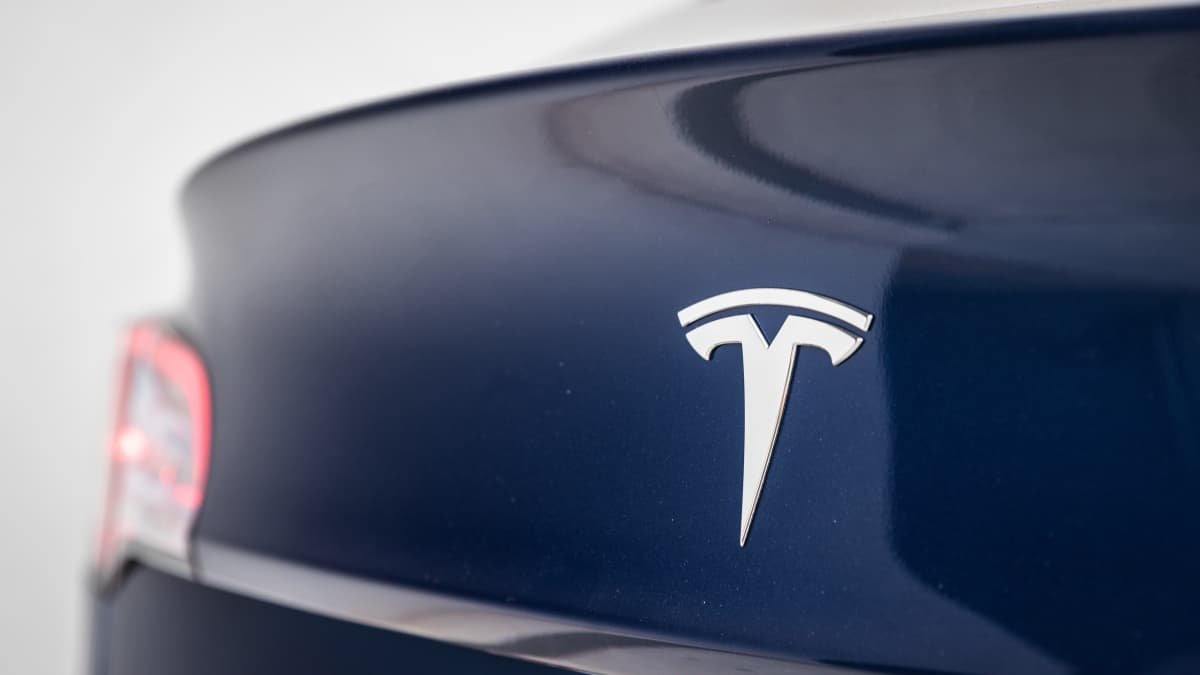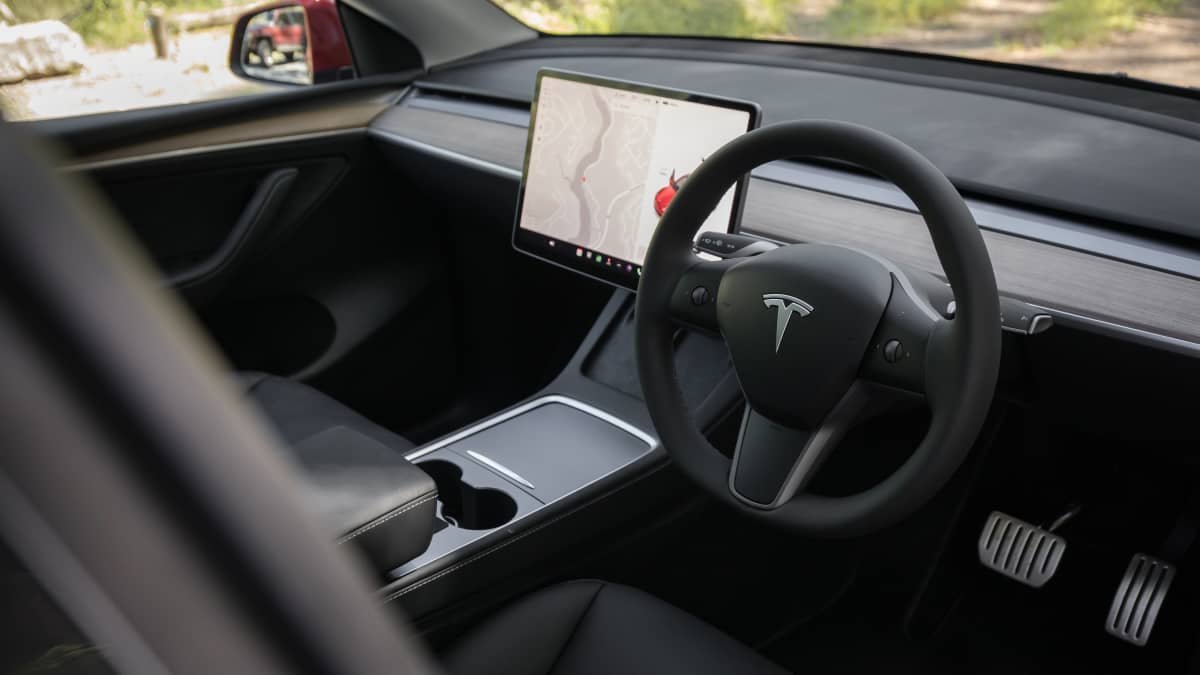[bsa_pro_ad_space id=14]
Internet sleuths have discovered two Tesla vehicles in Australia loaded with software that includes the company’s US and Canada-only Full Self-Driving autonomous driving technology. Is a full rollout around the corner?
Tesla’s so-called ‘Full Self-Driving’ software – the US electric-car giant’s most advanced, and controversial autonomous driving technology – has reportedly been installed a pair of Tesla vehicles in Australia.
But it remains unclear how far away a full roll-out of the software – which was recently subject to a US government recall after a series of high-profile crashes and near misses attributed to the system – is for Australian customers.
Teslascope – a service that tracks Tesla software updates and vehicle production changes – claims two Tesla cars in Australia have been loaded with the company’s latest 2023.12.10 software.
This version allegedly includes a version (11.3.6) of Tesla’s Full Self-Driving (FSD) software, which was first released in ‘beta’ form in the US nearly three years ago – and has since come under scrutiny from government regulators and independent entities.
In the US, the 2023.12.10 software makes Tesla FSD Beta available to all vehicle owners who have purchased the software – after the rollout was paused as Tesla prepared and rolled out new software to address the US government recall.
During this period, owners who had already purchased and joined the FSD Beta trial could use the software. Users who had just purchased FSD during the pause were unable to begin using the software until this week.
It is unclear why the Tesla Full Self-Driving Beta software has been installed on cars in Australia, and if it is on vehicles owned by Tesla Australia head office, or has slipped onto a private customer’s vehicle.
One option is it is being calibrated by Tesla Australia on a fleet of test vehicles, in preparation for a broader rollout of the technology.
Tesla CEO Elon Musk said in June 2022 the Full Self-Driving software could be introduced on right-hand-drive Tesla cars in certain markets “probably later this year,” however the company has missed this target.
Australian customers have been able to purchase Tesla Full Self-Driving for a number of years for $10,100, with the promise the software will one day be unlocked once it is ready – and legal – to use.
Drive has reported Australia is a signatory of new United Nations Economic Commission for Europe (UNECE) regulations that would allow ‘Level 3’ autonomous cars to drive at up to 130km/h, and perform actions such as automatic lane changes.
The first ‘beta’ (prototype) version of Tesla Full Self-Driving was made available to the public in the US in October 2020, and has since been expanded to more than 400,000 vehicles in the US and Canada, and driven for more than 150 million miles (241 million kilometres).
Full Self-Driving is Tesla’s most advanced autonomous-driving software, and claims to be capable of detecting and stopping for traffic signs and lights in cities, to allow for partial semi-automated driving in urban areas.
It is in addition to the basic Autopilot system, which offers adaptive cruise control and lane-keeping assistance similar to ‘Level 2’ semi-autonomous technology from other car makers.
It also builds on Enhanced Autopilot – a $5100 option in Australia – which includes automatic lane changes and on/off-ramp navigation on freeways, and auto parking.
However, Tesla’s autonomous driving systems have been attributed to a slew of high-profile fatal crashes and near-miss incidents – with a number involving emergency vehicles.
Since 2016, the National Highway Traffic Safety Administration (NHTSA) in the US has opened more than 30 investigations into collisions involving Tesla vehicles that were believed to have been using one of the company’s assisted driving systems, attributed to more than 20 fatalities.
[bsa_pro_ad_space id=15]






